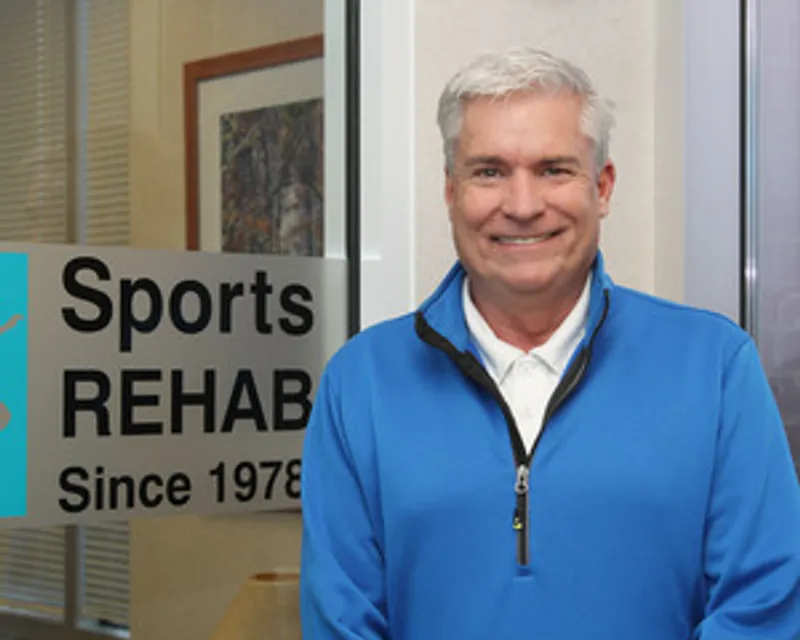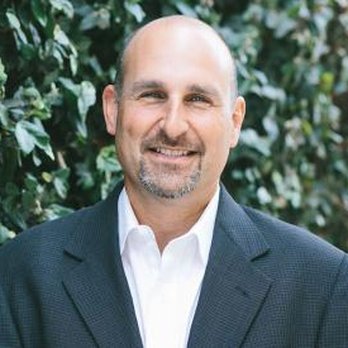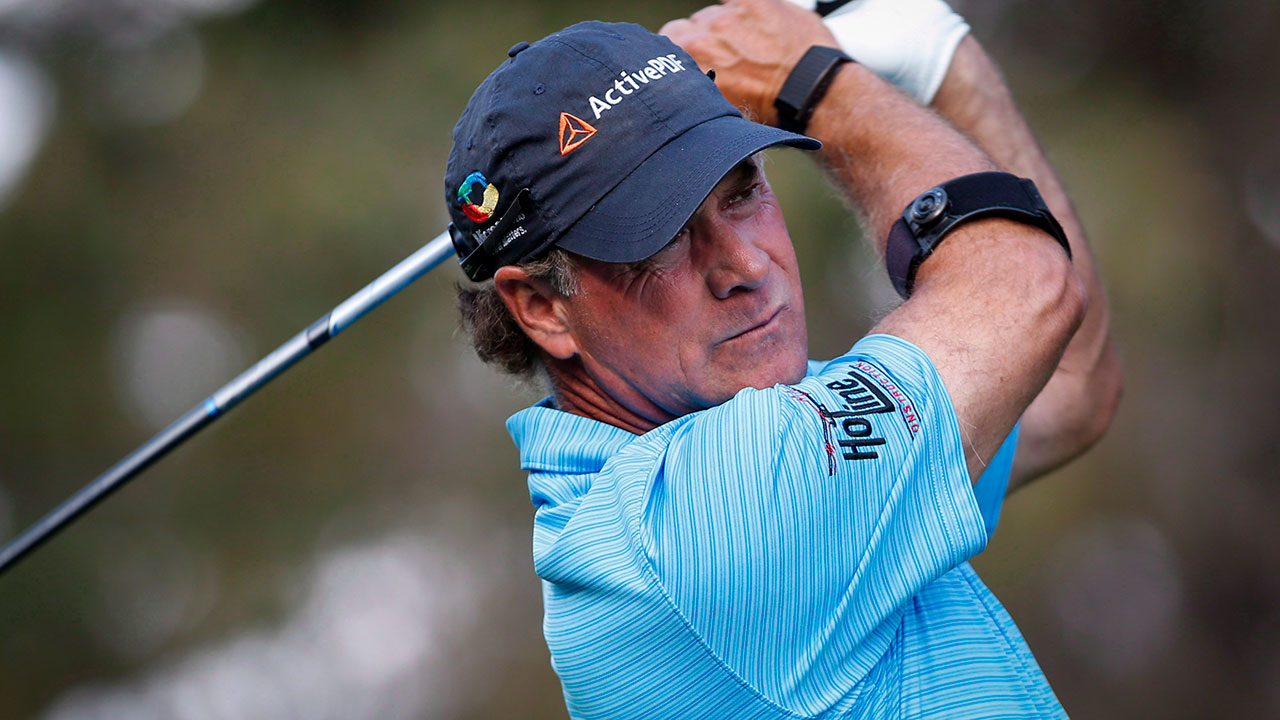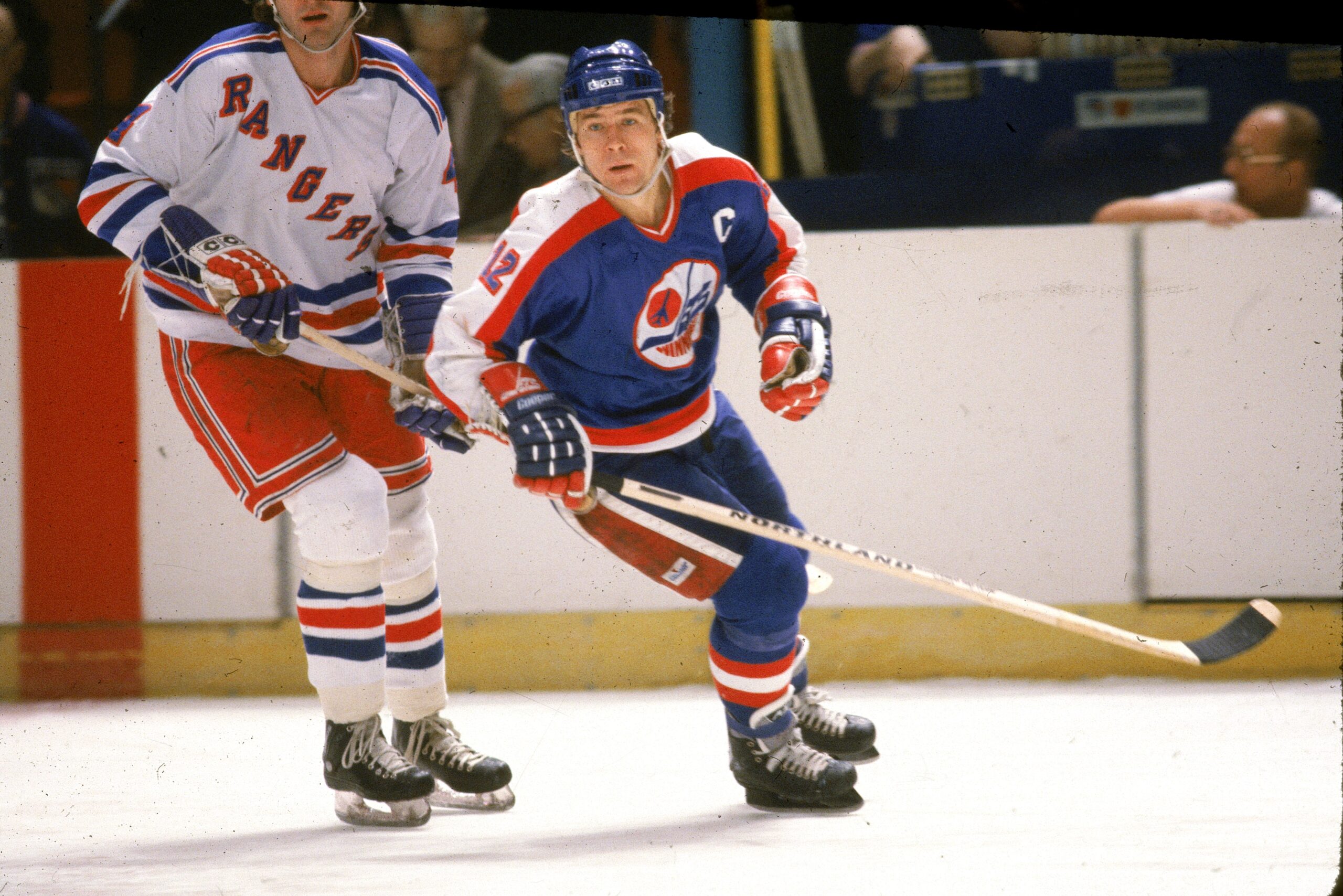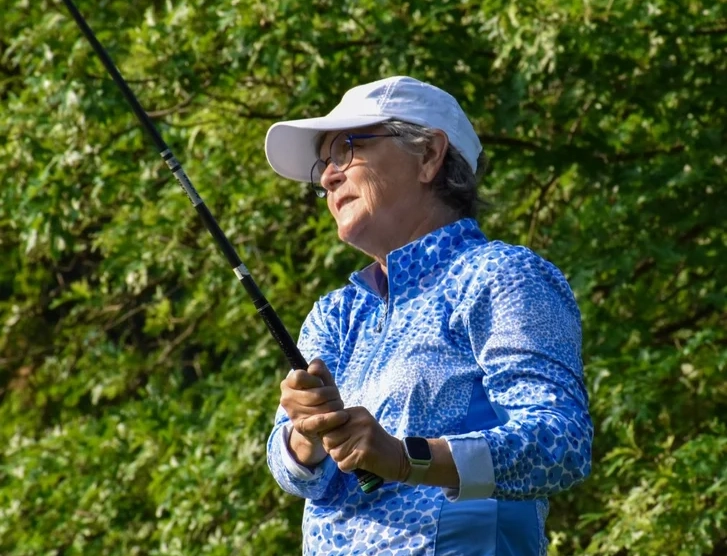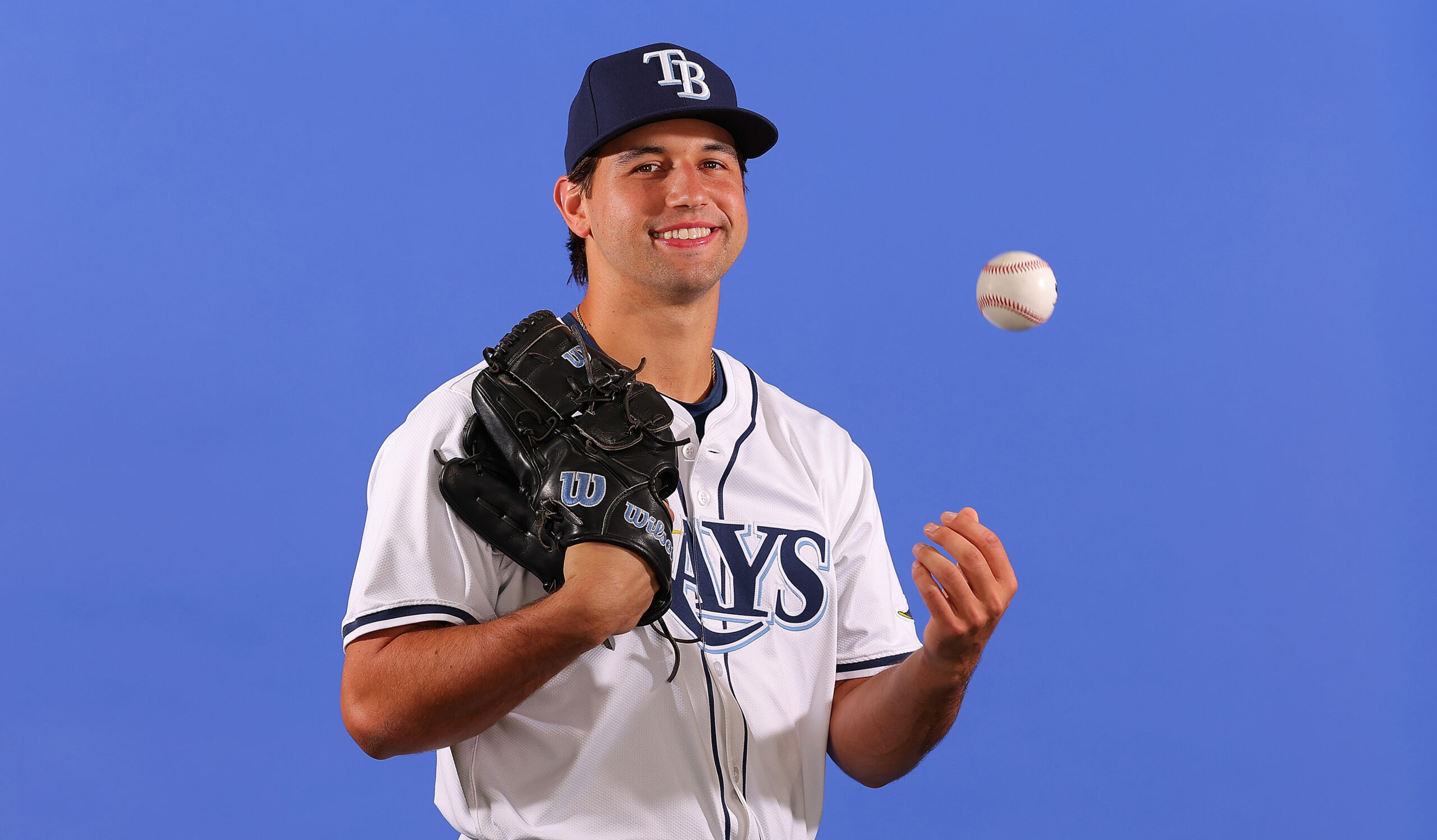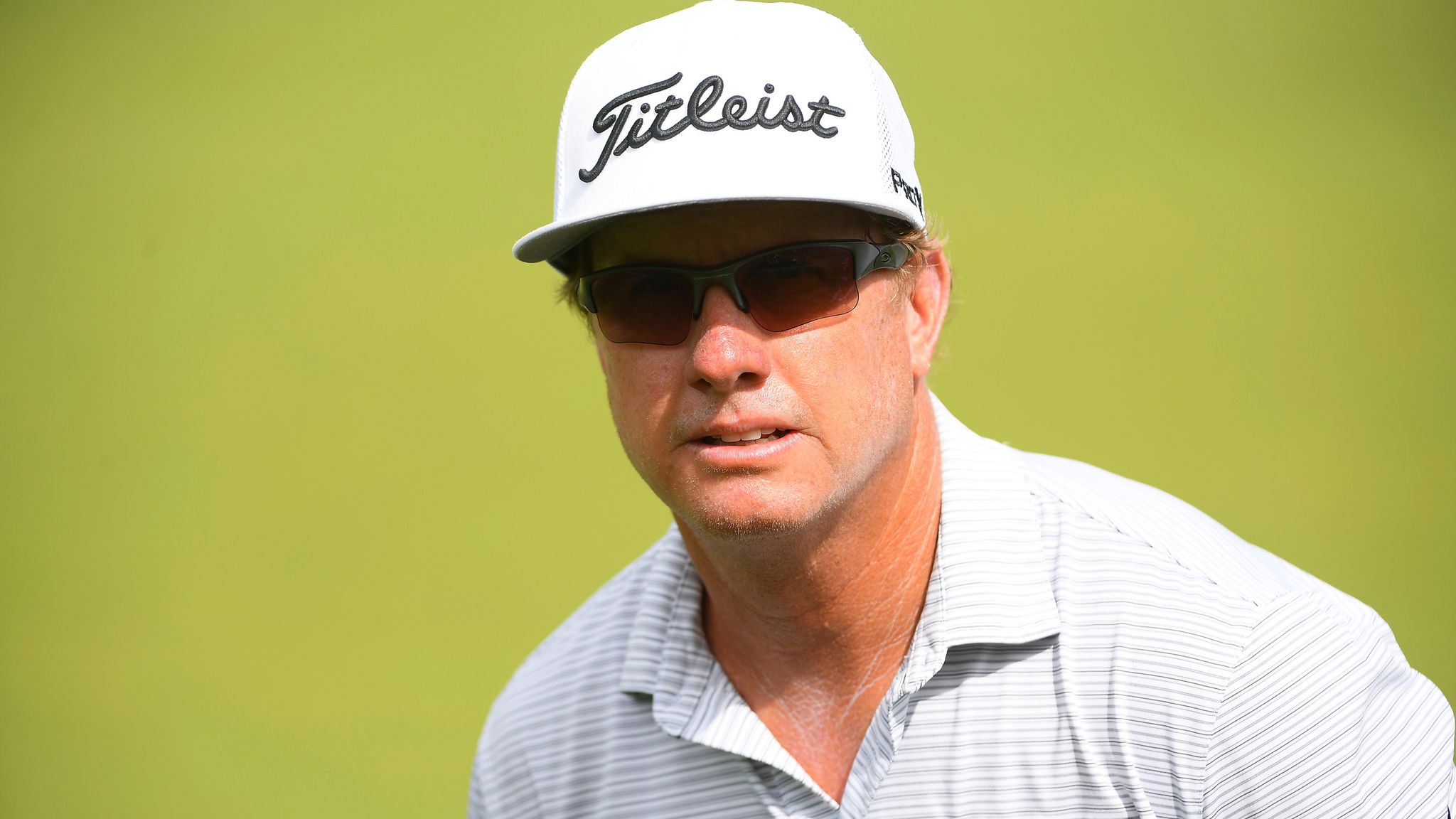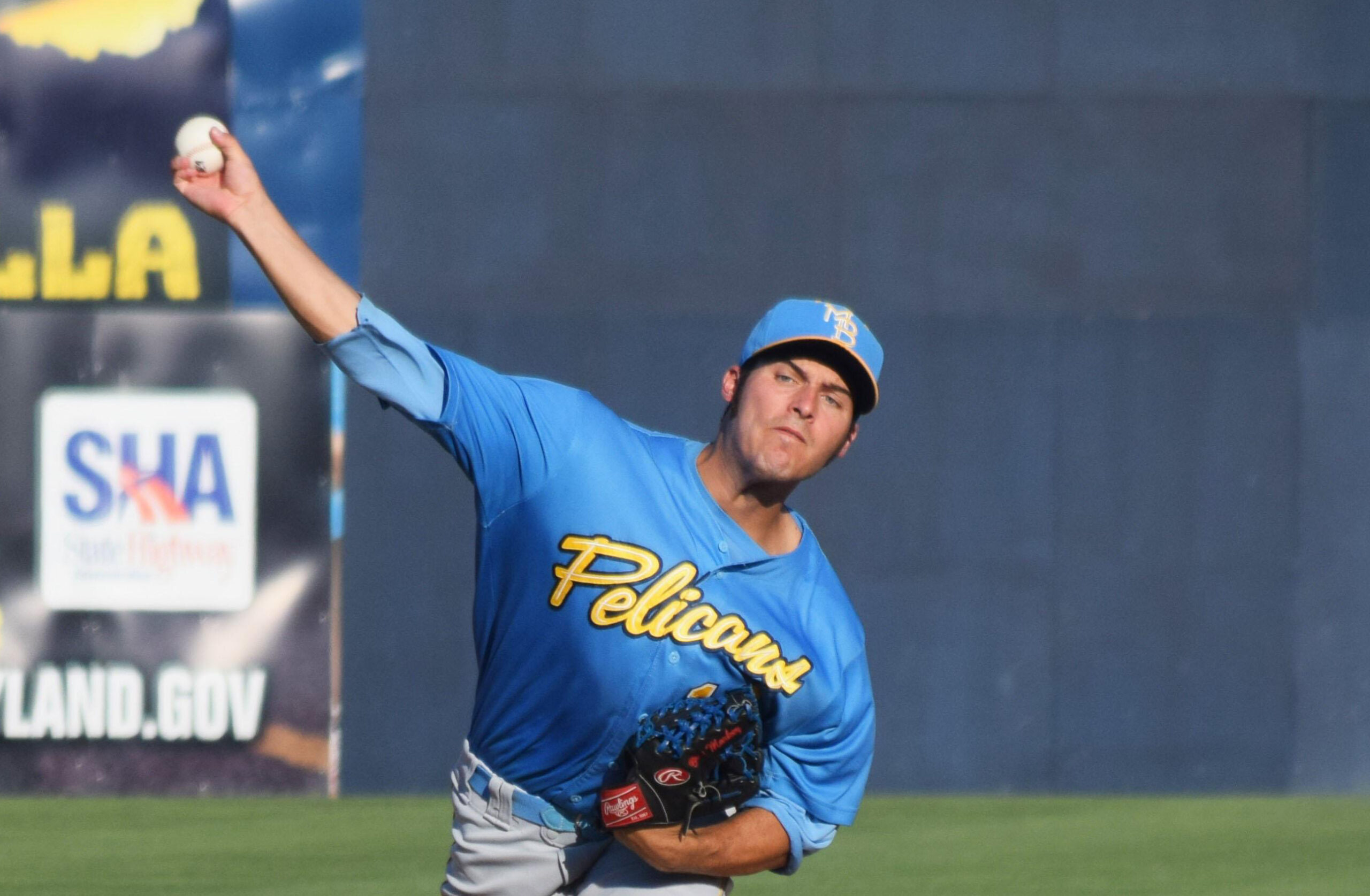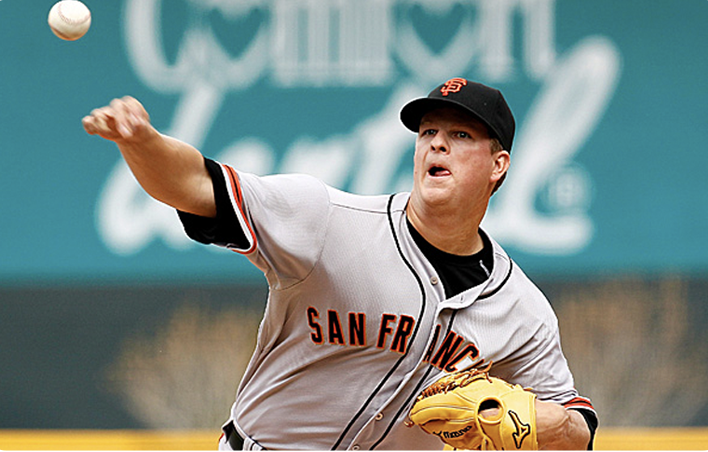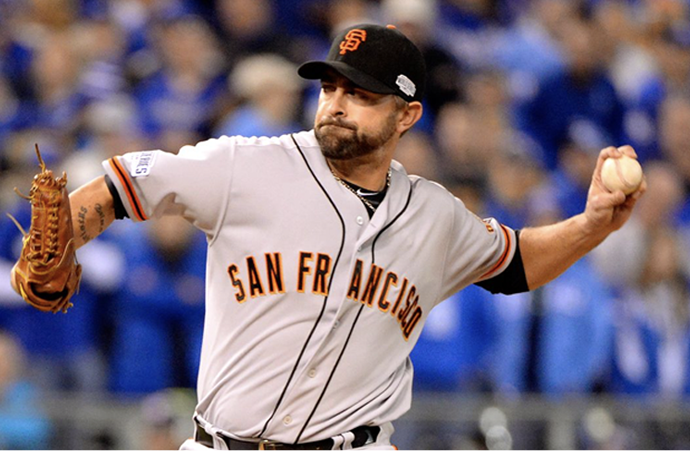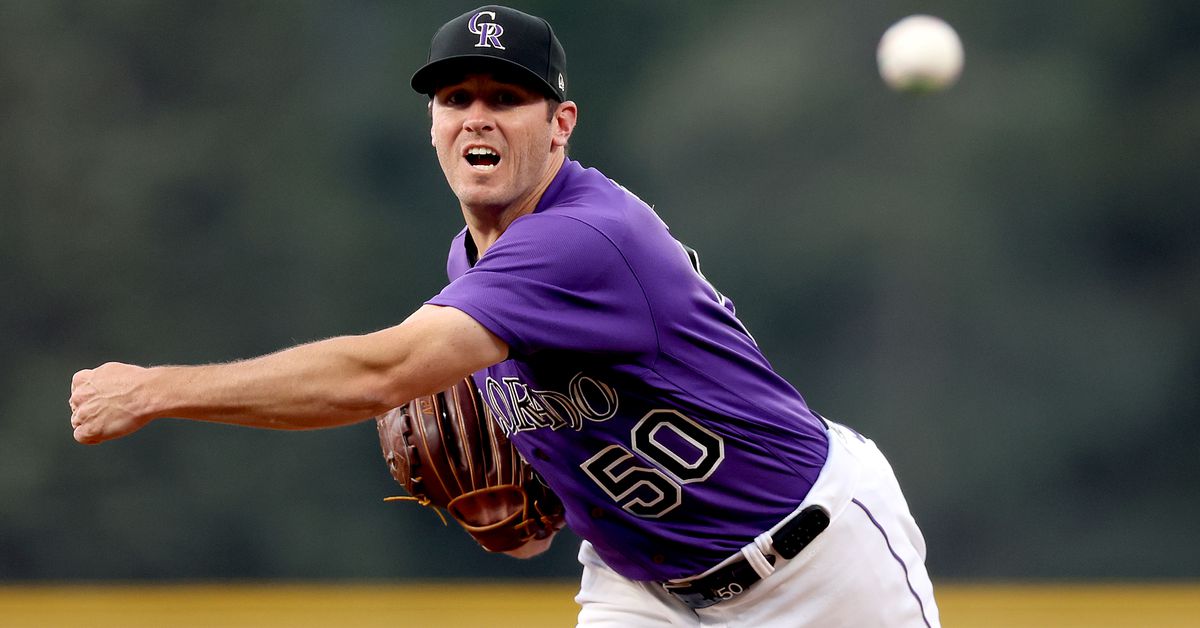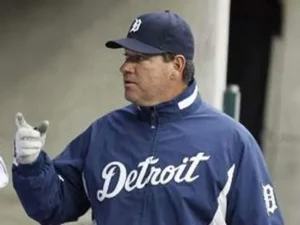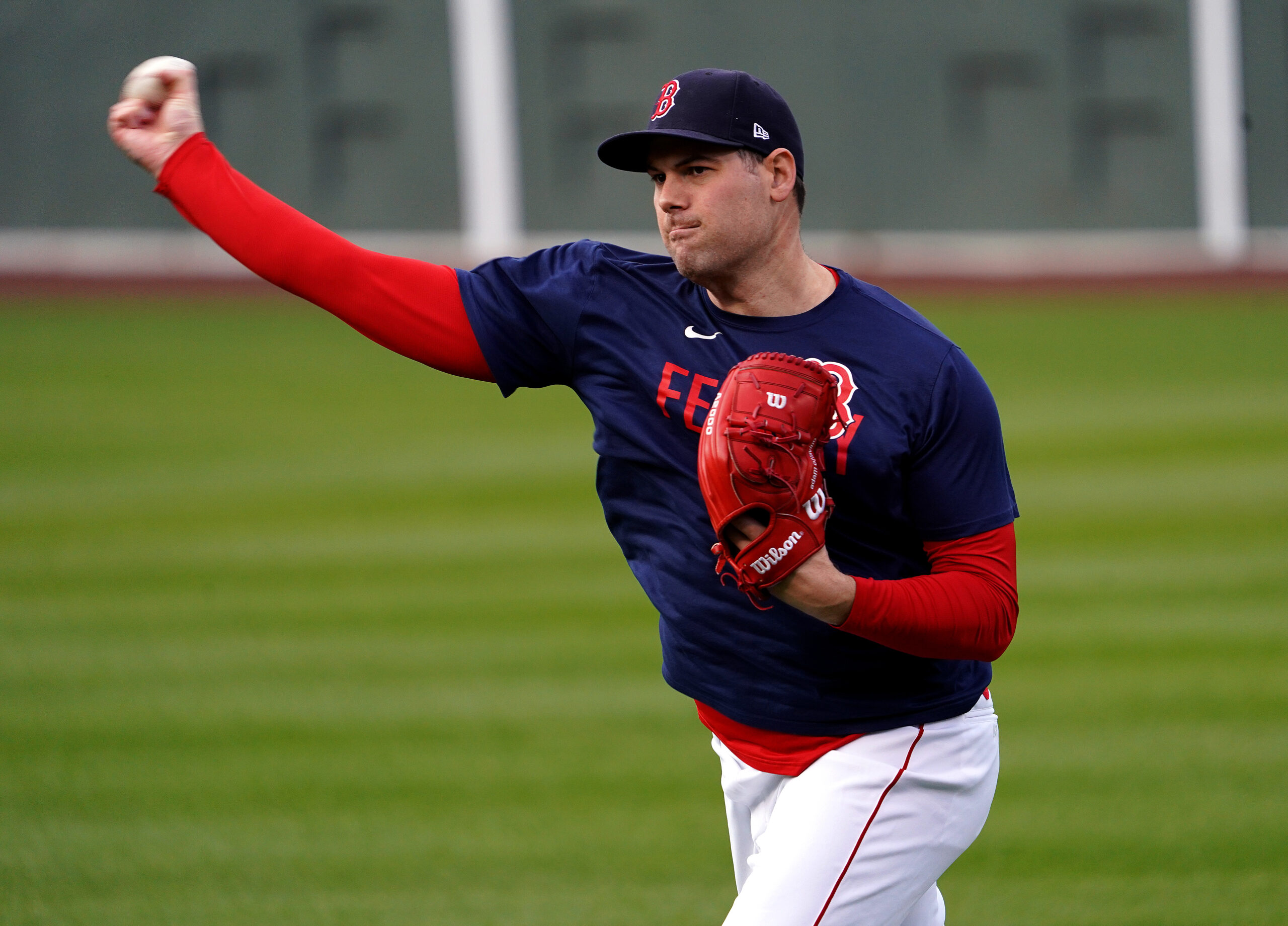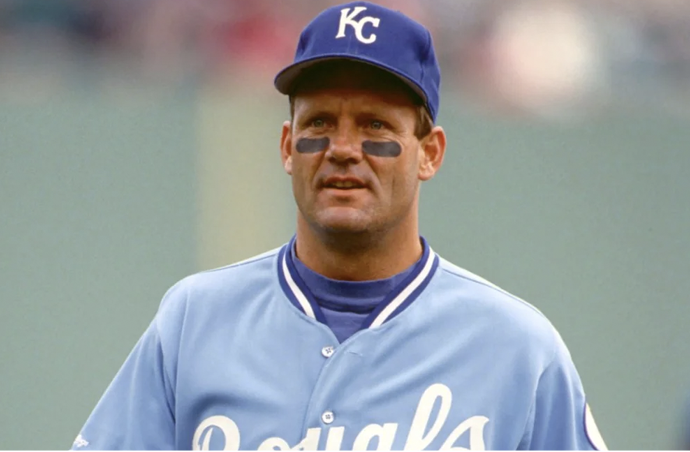In The Zone

BEING IN THE ZONE
Tiger Woods
This is the mysterious zone that athletes refer to longingly. But there’s nothing mysterious about it.
Tiger Woods often describes being in the zone as a state of peak performance where he’s completely focused on the present and his body moves instinctively, almost automatically, according to some reports. He’s said to “black out” and not remember hitting the shot, suggesting a detachment of the conscious mind. This state is characterized by a merger of mind and body, with the players’ attention fully absorbed in the task.

BEING IN THE ZONE
Michael Jordan
It’s a great feeling. It’s just like every move, every step, every decision that you make is the right decision and we all want to be in that zone quite often. How do you get to that zone? It’s very intriguing. If anyone has the answer, I’m pretty sure you could bottle it and sell it, but I don’t think anyone knows.
Michael Jordan often described “being in the zone” as a state of heightened focus and effortless performance, where the game felt automatic and he was operating at his peak level. He used pre-game routines like listening to music and joking around with teammates to mentally prepare, then shifted his focus to his skills and team play when the game started.

BEING IN THE ZONE
Roger Federer
“I was in a zone and it is really important to be there for the longest possible time. Enjoy it, add titles, live the dream. As a kid I wanted to be a professional and be able to play big matches in big stadiums, that was what it was all about for me. I’ve been more successful than I’ve ever thought I was going to be. If I wanted more success I had to work harder and sacrifice some things.”
Roger Federer says he was at the peak of his powers from 2005-07, when he won 32 tournaments, including two Australian Opens, three Wimbledons, and three U.S. Opens. Roger Federer says he was at the peak of his powers from 2005-2007, when he won 32 tournaments, including two Australian Opens, three Wimbledons and three U.S. Opens. “I play my best tennis when I forget I’m in a point”. “The game is within.” “Anytime you think that the game is between you and your opponent, you’re beat.”

BEING IN THE ZONE
Michael Phelps
I just had music going on in my head. I had thoughts going on in my head, spitting water a little bit all over the place, so I was in my own zone.
He does his first warm up lap, then 800 metres of mixed styles, followed by 600 metres of kicking, 400 metres pulling a buoy between his legs, 200 metres of stroke drills, and a series of sprints to elevate his heart rate. This workout took precisely 45 minutes. He exits the pool and starts squeezing into his bodysuit, so tight that it requires 20 minutes of tugging to put it on. Then he puts on headphones to listen to hip-hop music. When he launches from the blocks, he is totally in the zone.

